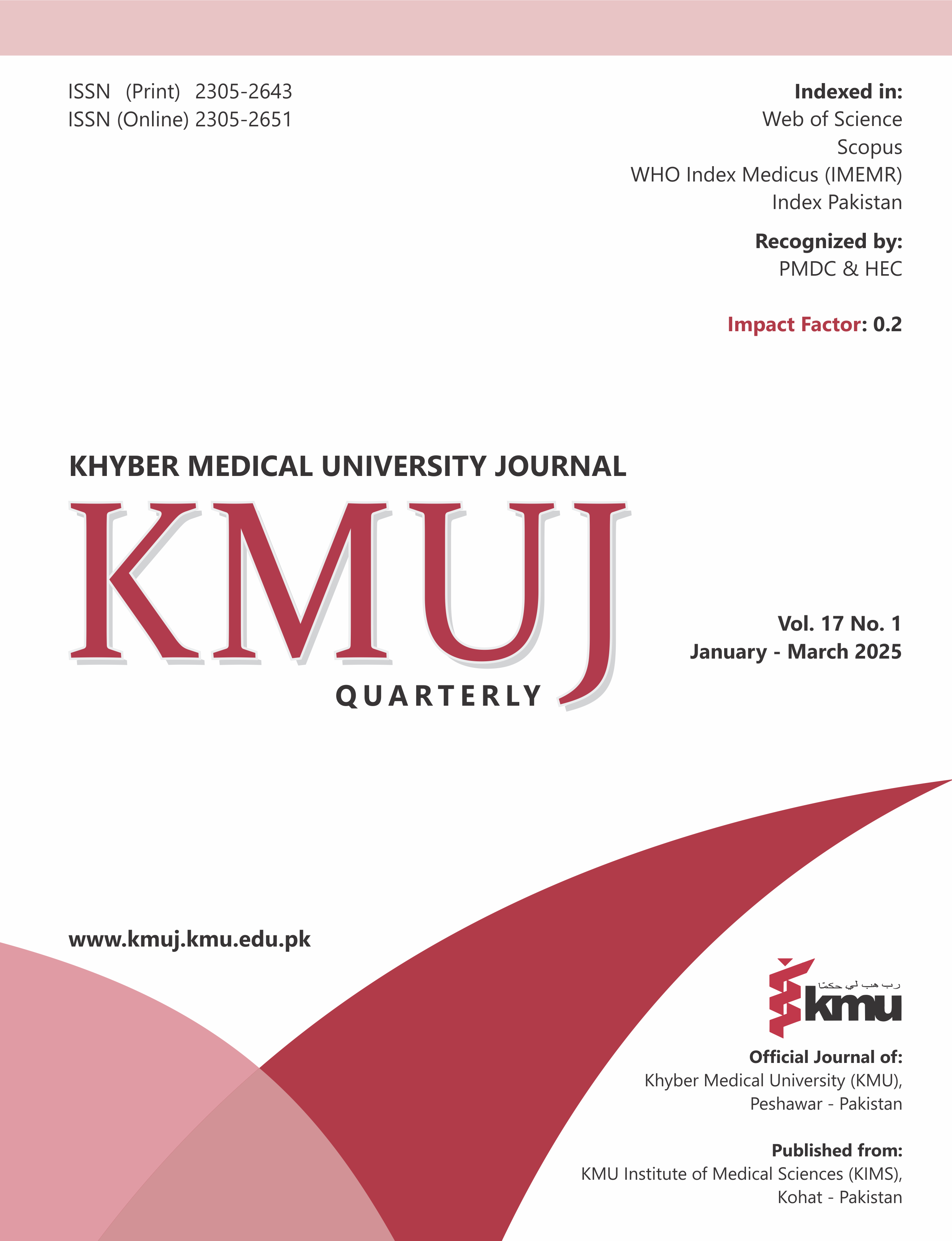Reviewing neuroimaging techniques to measure quantitative cerebral blood flow in healthy children
Main Article Content
Abstract
Cerebral blood flow (CBF) is a critical physiological parameter for brain development and function in children. This viewpoint reviews the main neuroimaging techniques for quantifying pediatric CBF, including Positron emission tomography (PET), single photon emission computed tomography (SPECT), perfusion Magnetic Resonance Imaging (MRI), Computed Tomography Perfusion, arterial spin labelling (ASL) MRI, and Doppler ultrasound. Each modality has strengths and limitations related to radiation exposure, accessibility, resolution, and quantification. Reported average CBF values vary by technique and increase with age, reflecting neurodevelopment. ASL MRI offers a promising non-invasive method without radiation. Standardizing protocols across modalities and ages with validation against PET is needed. Quantitative CBF imaging provides a valuable window into understanding cerebrovascular changes in normal and abnormal neurodevelopment.
Article Details

This work is licensed under a Creative Commons Attribution 4.0 International License.
Work published in KMUJ is licensed under a
Creative Commons Attribution 4.0 License
Authors are permitted and encouraged to post their work online (e.g., in institutional repositories or on their website) prior to and during the submission process, as it can lead to productive exchanges, as well as earlier and greater citation of published work.
(e.g., in institutional repositories or on their website) prior to and during the submission process, as it can lead to productive exchanges, as well as earlier and greater citation of published work.
References
1. Kozberg M, Hillman E. Neurovascular coupling and energy metabolism in the developing brain. Prog Brain Res 2016;225:213-42. https://doi.org/10.1016/bs.pbr.2016.02.002
2. Smyser TA, Smyser CD, Rogers CE, Gillespie SK, Inder TE, Neil JJ. Cortical gray and adjacent white matter demonstrate synchronous maturation in very preterm infants. Cereb Cortex 2016;26(8):3370-8. https://doi.org/10.1093/cercor/bhv164
3. Zhao MY, Tong E, Duarte Armindo R, Woodward A, Yeom KW, Moseley ME, et al. Measuring Quantitative Cerebral Blood Flow in Healthy Children: A Systematic Review of Neuroimaging Techniques. J Magn Reson Imaging 2024;59:70-81. https://doi.org/10.1002/jmri.28758
4. Zhang N, Gordon ML, Goldberg TE. Cerebral blood flow measured by arterial spin labeling MRI at resting state in normal aging and Alzheimer's disease. Neurosci Biobehav Rev 2017;72:168-75. https://doi.org/10.1016/j.neubiorev.2016.11.023
5. Yeo RA, Gasparovic C, Merideth F, Ruhl D, Doezema D, Mayer AR. A longitudinal proton magnetic resonance spectroscopy study of mild traumatic brain injury. J Neurotrauma 2011;28(1):1-11. https://doi.org/10.1089/neu.2010.1578
6. Schoning M, Hartig B. Age dependence of total cerebral blood flow volume from childhood to adulthood. J Cereb Blood Flow Metab 1996;16(5):827-33. https://doi.org/10.1097/00004647-199609000-00007
7. Mohammadi-Nejad A-R, Mahmoudzadeh M, Hassanpour MS, Wallois F, Muzik O, Papadelis C, et al. Neonatal brain resting-state functional connectivity imaging modalities, Photoacoustics 2018;10:1-19. https://doi.org/10.1016/j.pacs.2018.01.003
8. Wang J, Licht DJ, Jahng GH, Liu CS, Rubin JT, Haselgrov J, et al. Pediatric perfusion imaging using pulsed arterial spin labeling. J Magn Reson Imaging 2003;18(4):404-13.
9. Del Toro J, Louis PT, Goddard-Finegold J. Cerebrovascular regulation and neonatal brain injury. Pediatr Neurol 1991;7(1):3-12. https://doi.org/10.1016/0887-8994(91)90098-6.
10. Guo T, Chau V, Peyvandi S, Latal B, McQuillen PS, Knirsch W, et al. White matter injury in term neonates with congenital heart diseases: Topology & comparison with preterm newborns. NeuroImage 2019;185:742-9. https://doi.org/10.1016/j.neuroimage.2018.06.004
